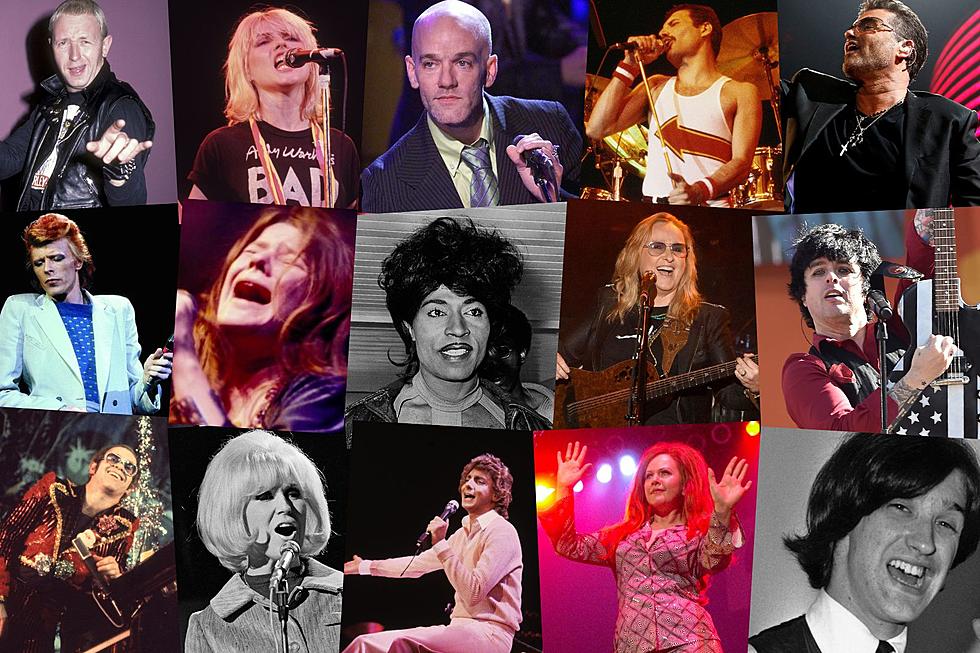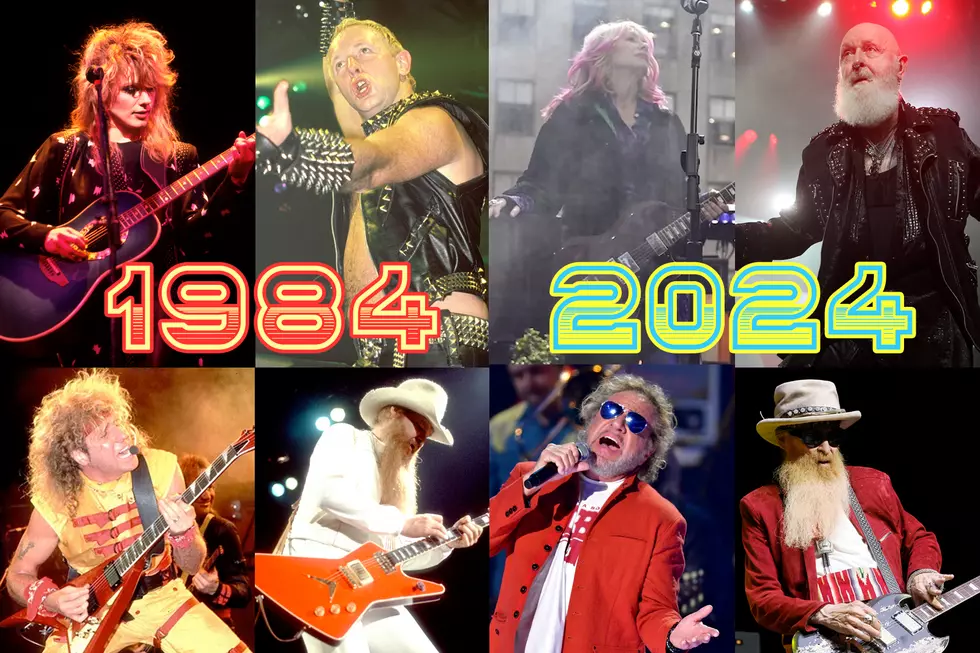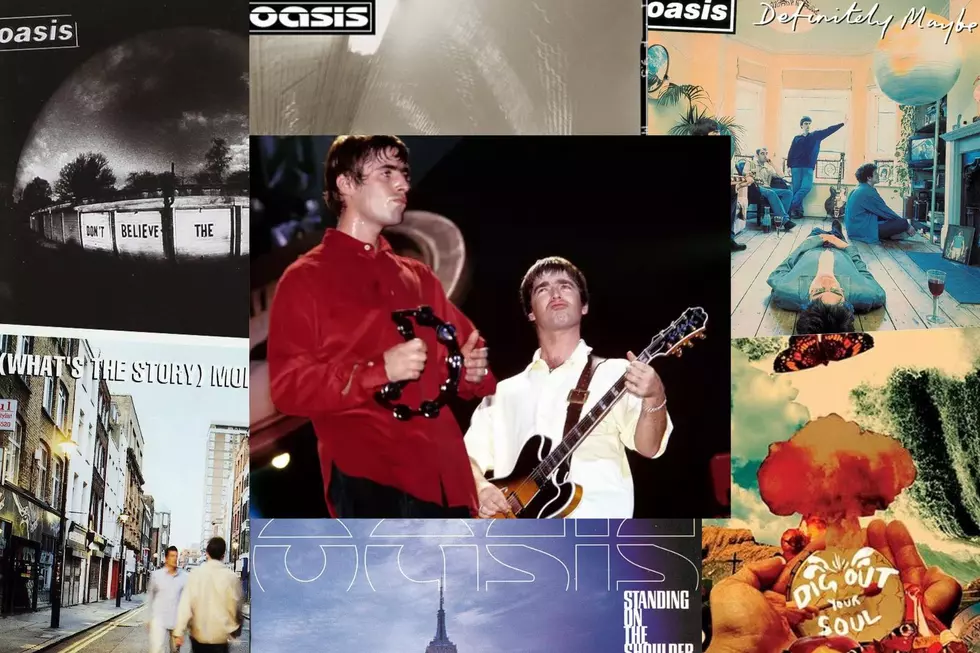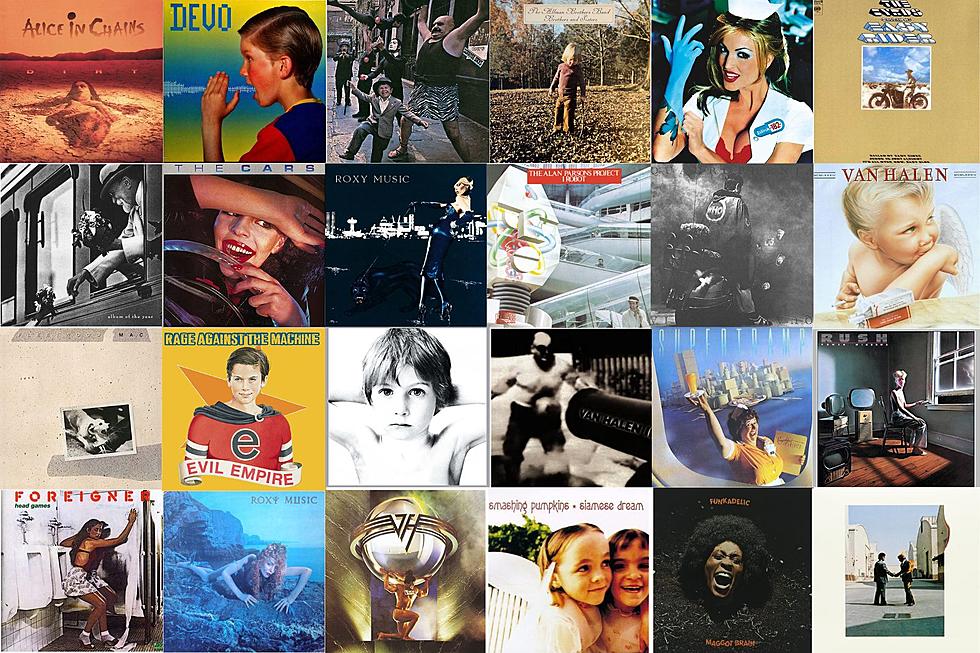
35 LGBTQ Rock Icons
There's nothing more rock 'n' roll than being true to yourself. Look no further than rock's LGBTQ superstars, from Elton John and his larger-than-life personality, to more subdued but nevertheless influential singer-songwriters like Michael Stipe.
"These 20 years of publicly speaking my truth have made me a better and easier person to be around," Stipe, who came out in the '90s, later wrote in The Guardian. "It helped develop the clarity of my voice and establish who I would be as an adult."
Meanwhile, John felt "very privileged because I'm in a business that kind of accepts gay people," as he told Variety – but there's an emphasis on "kind of." The unfortunate reality is that for many years, being an openly LGBTQ artist in the world of rock often meant placing a target on one's back, or at the very least not being treated with the same level of respect or seriousness as their heterosexual counterparts.
It's not always so simple to reveal your truth, and for many, there's a consistent struggle to be themselves for fear of jeopardizing careers and friendships. When you're a global superstar, not only do you face coming out to your friends and family, but thousands upon thousands of fans. Freddie Mercury, now posthumously lauded as a queer icon, never discussed his sexuality. Billy Preston, as another example, did not come out publicly before he died, though friends like Keith Richards knew.
But rock 'n' roll, in all of its androgyny and free-spiritedness, is meant to be for everyone. Celebrate pride and acknowledge the progress that's been made as we revisit the history of some of rock's LGBTQ legends.
35 LGBTQ Icons
More From Ultimate Classic Rock









